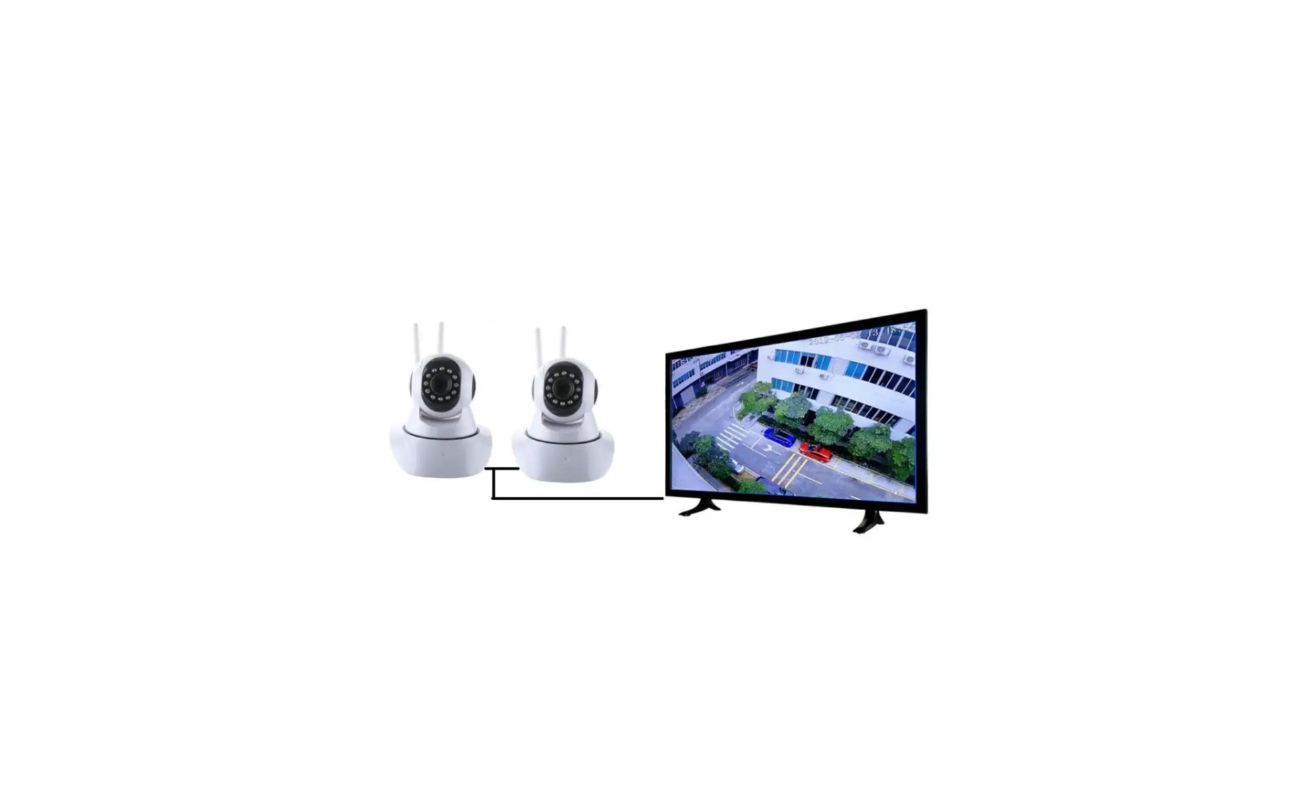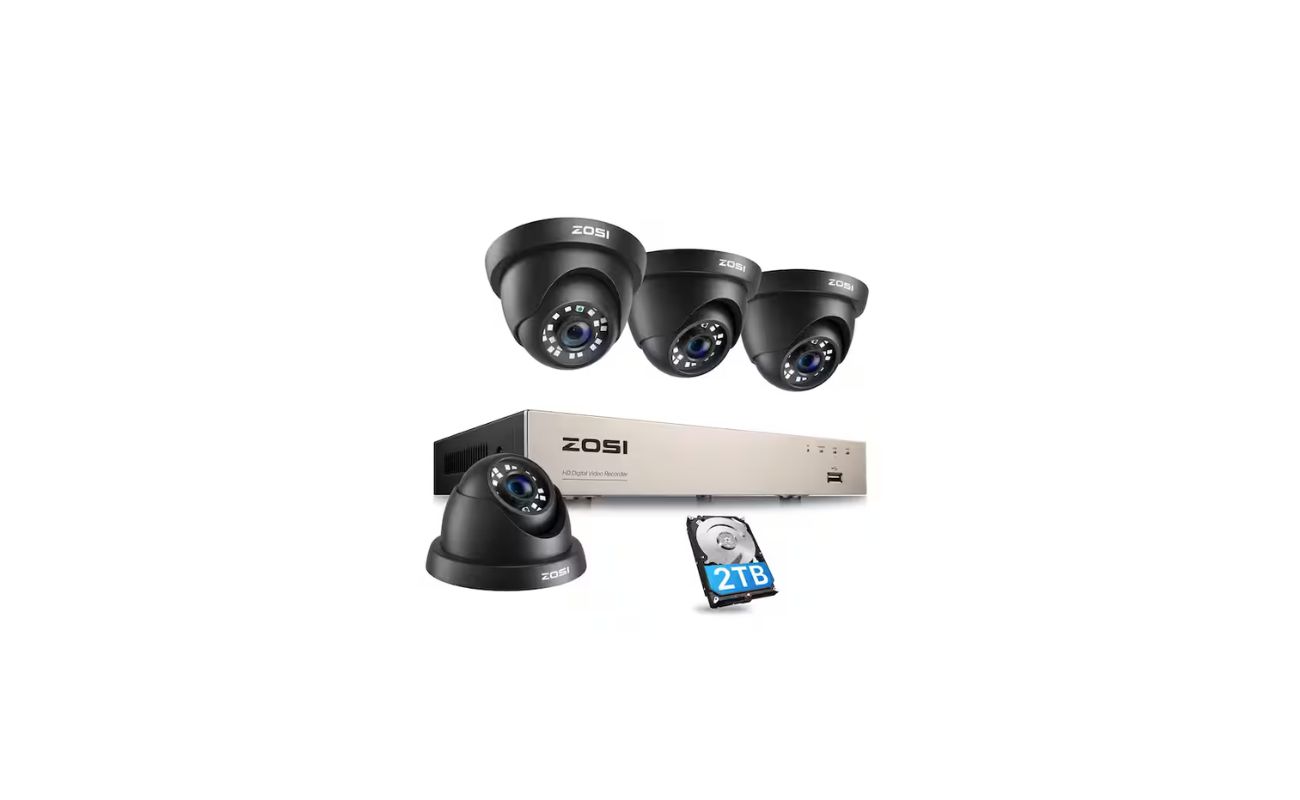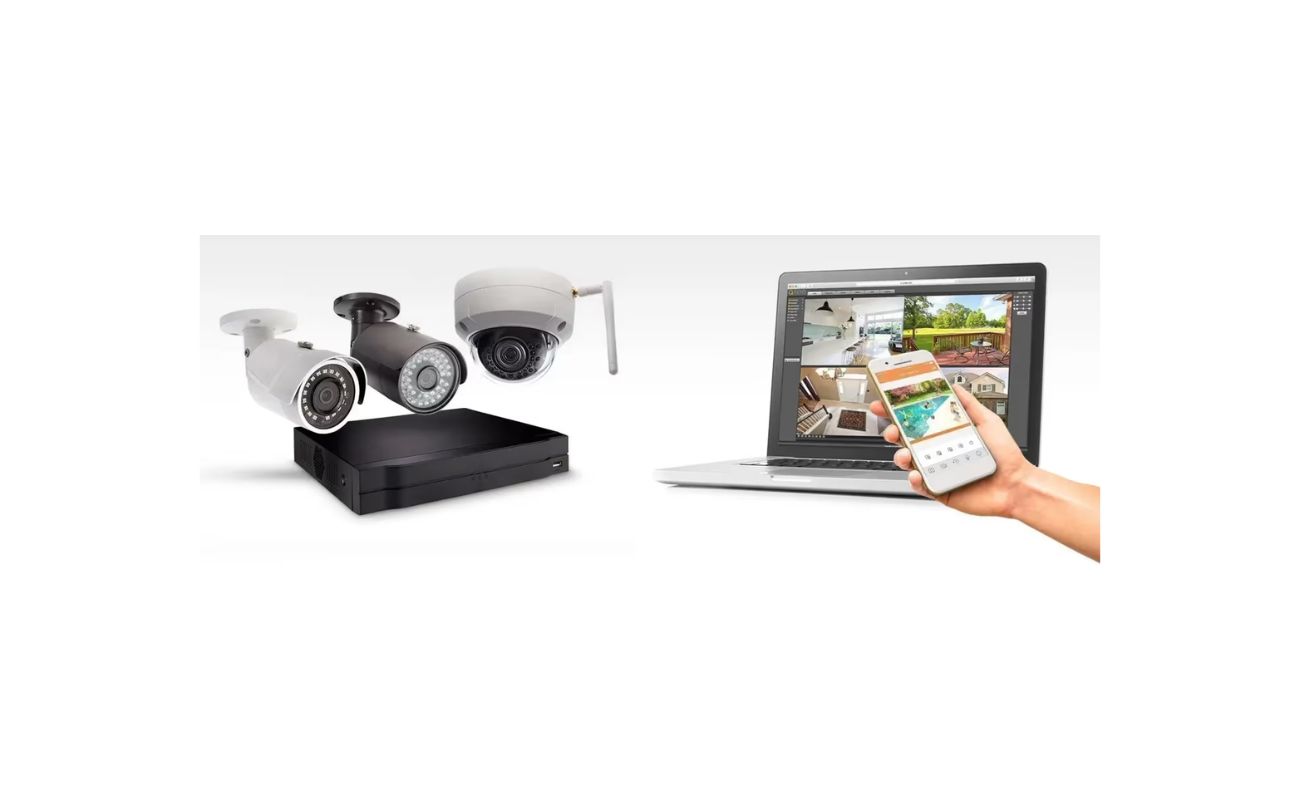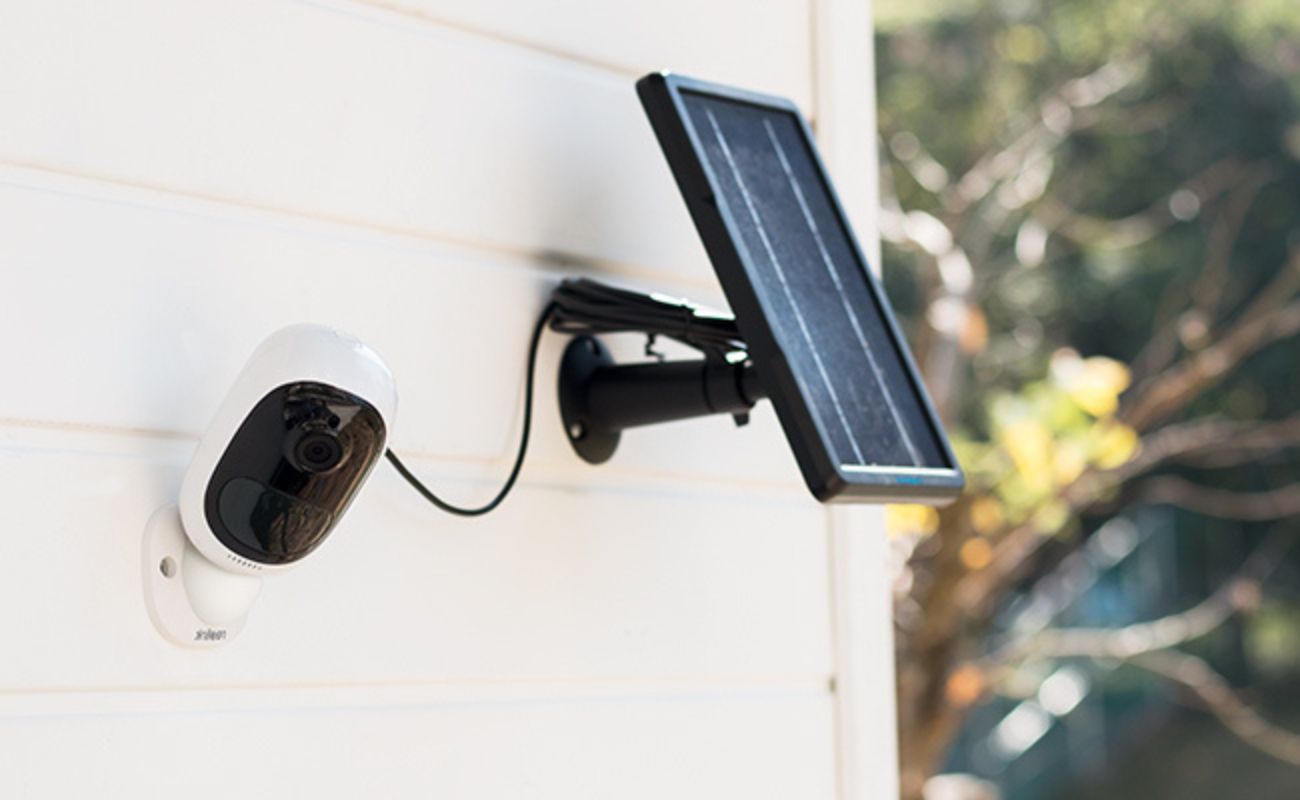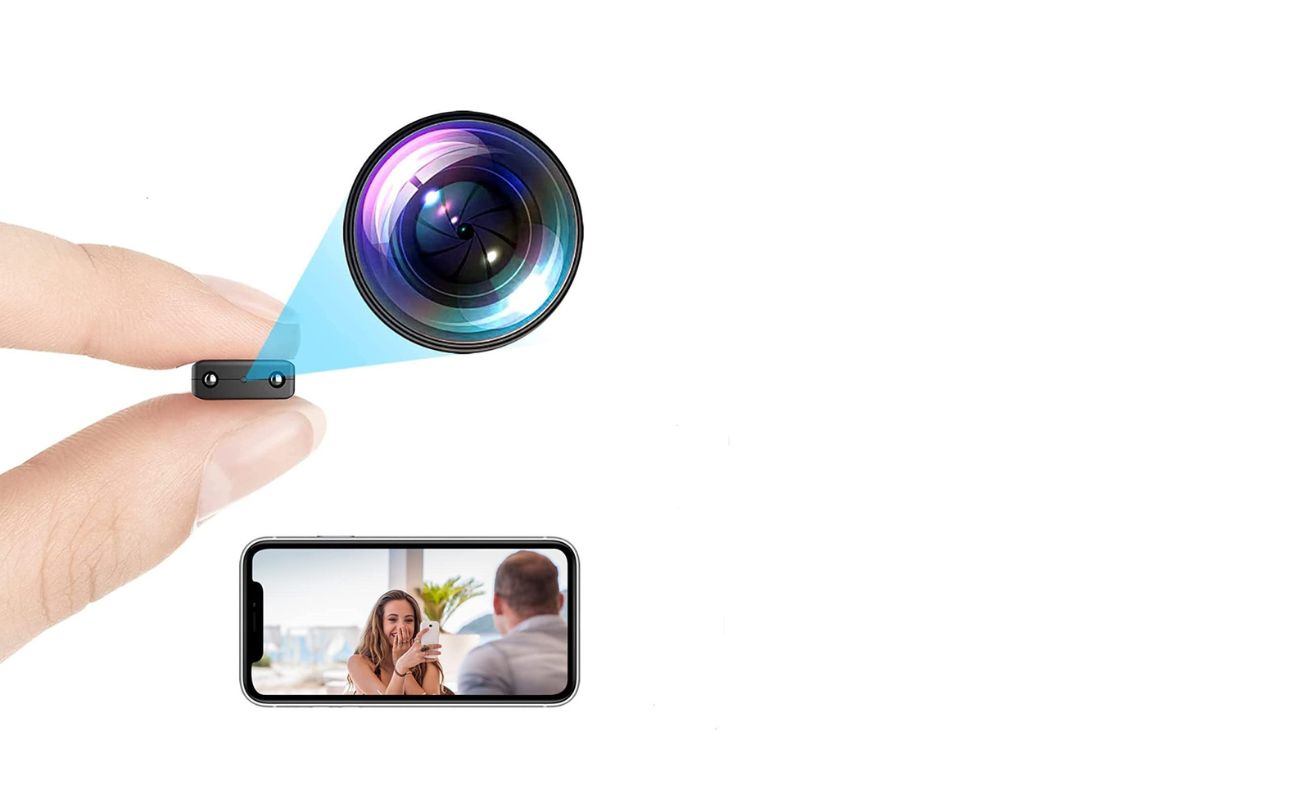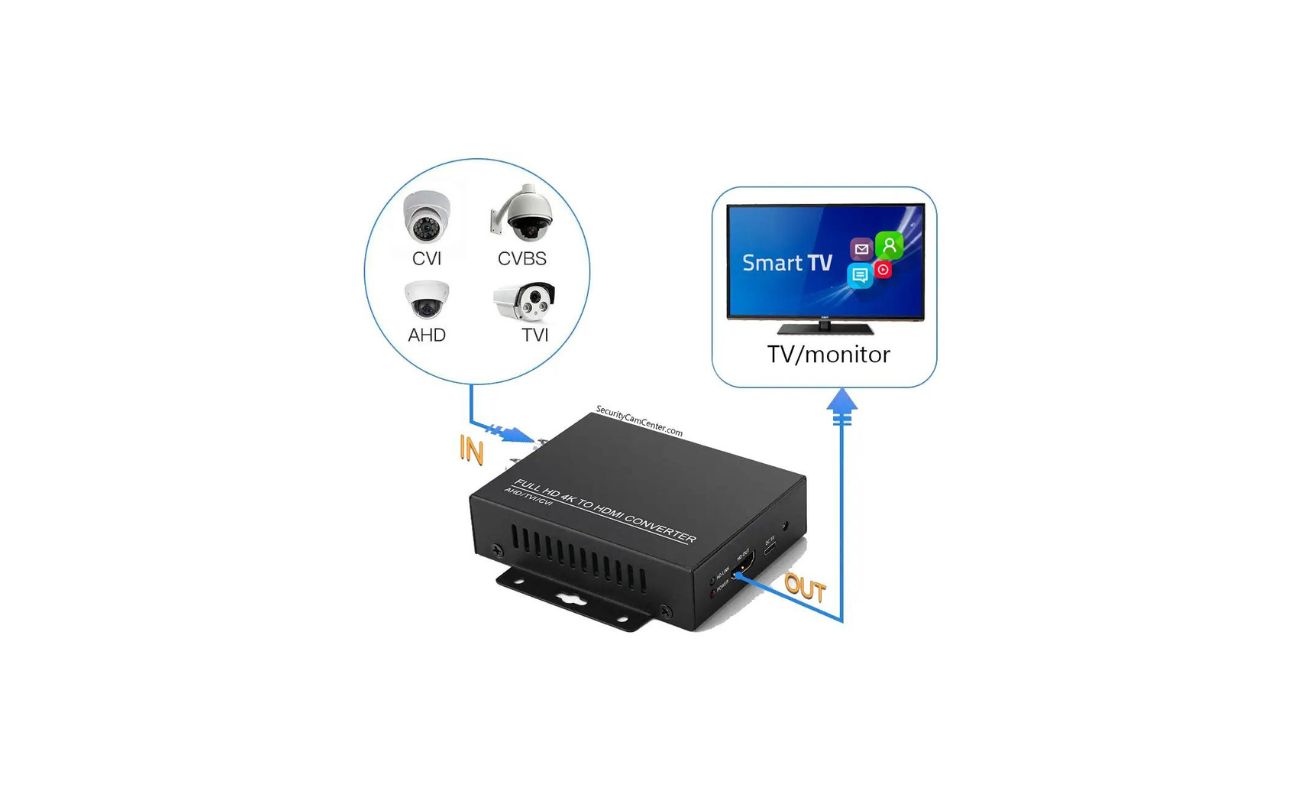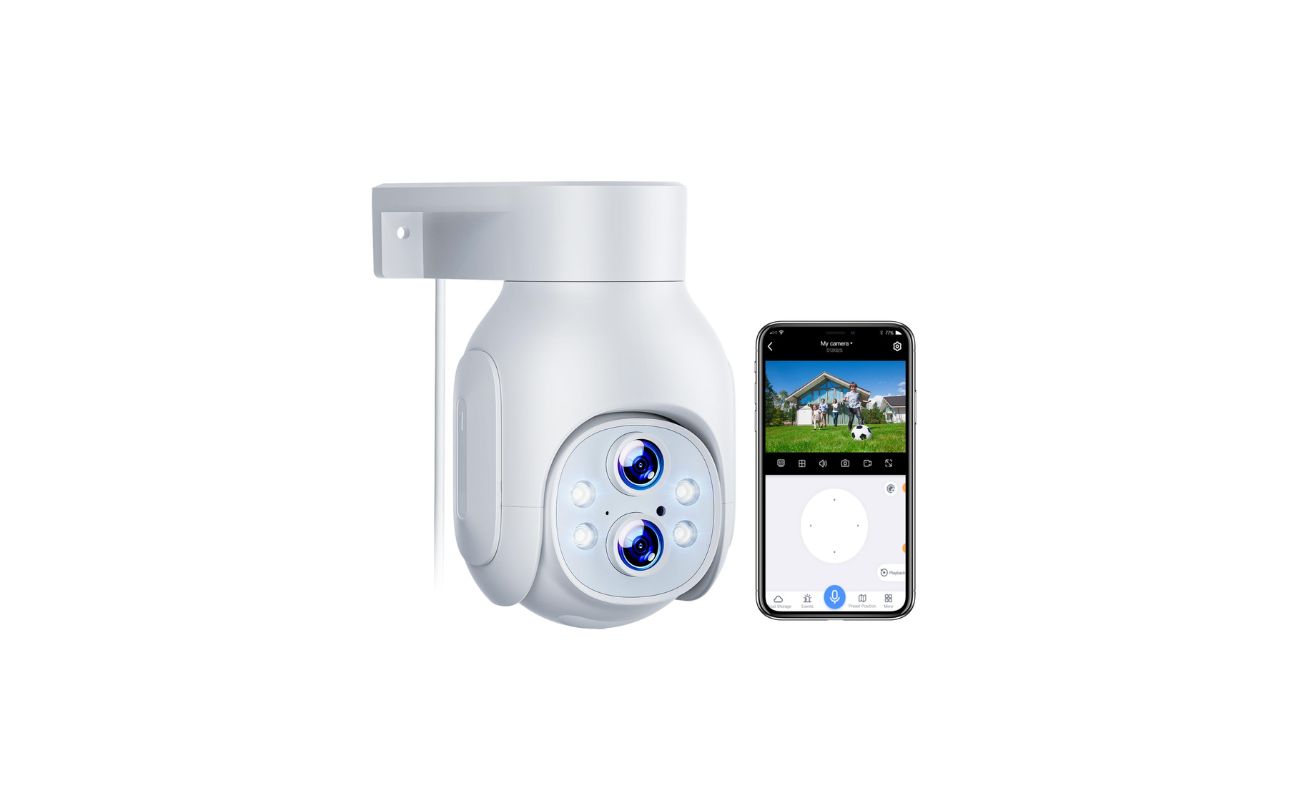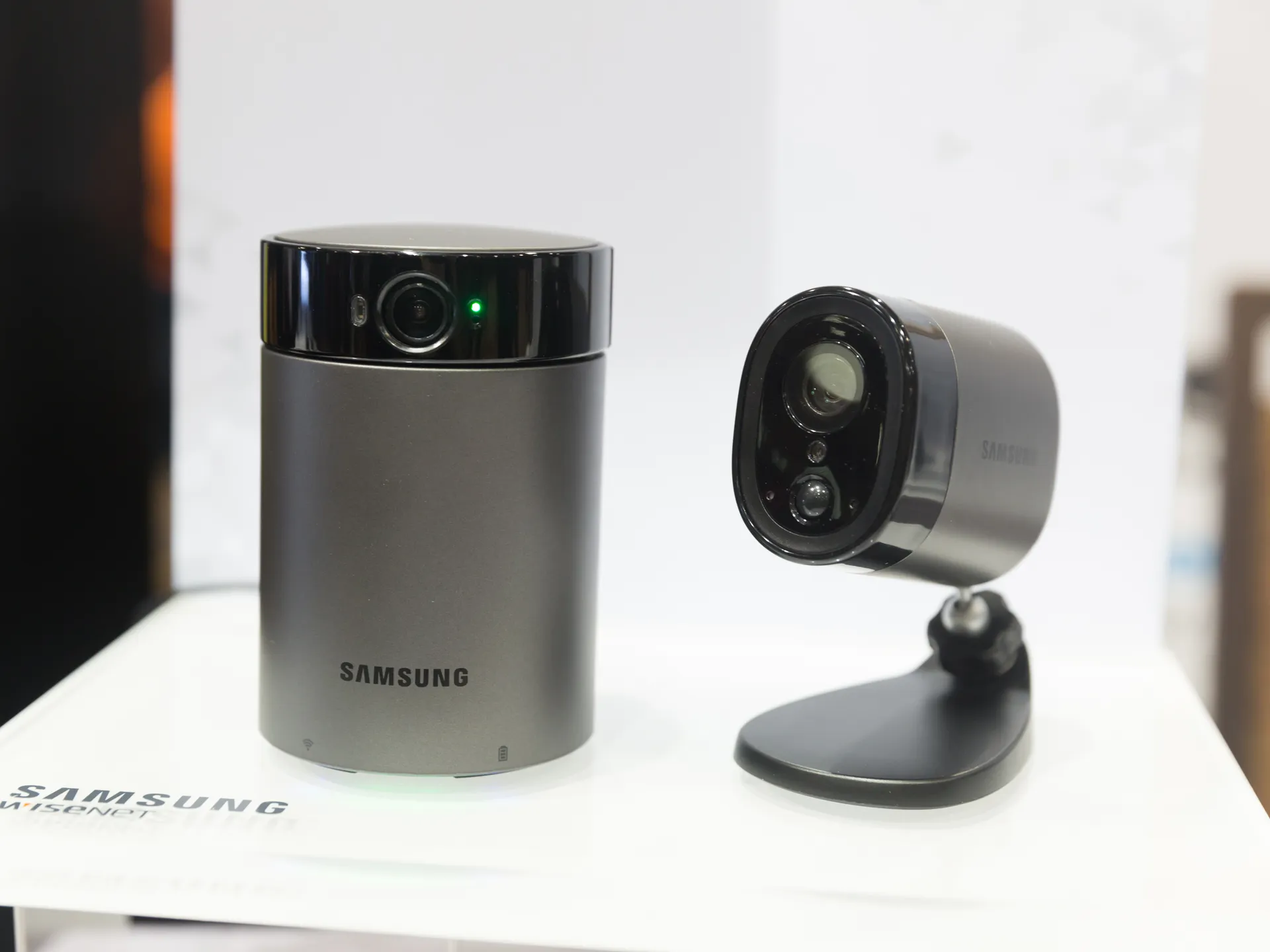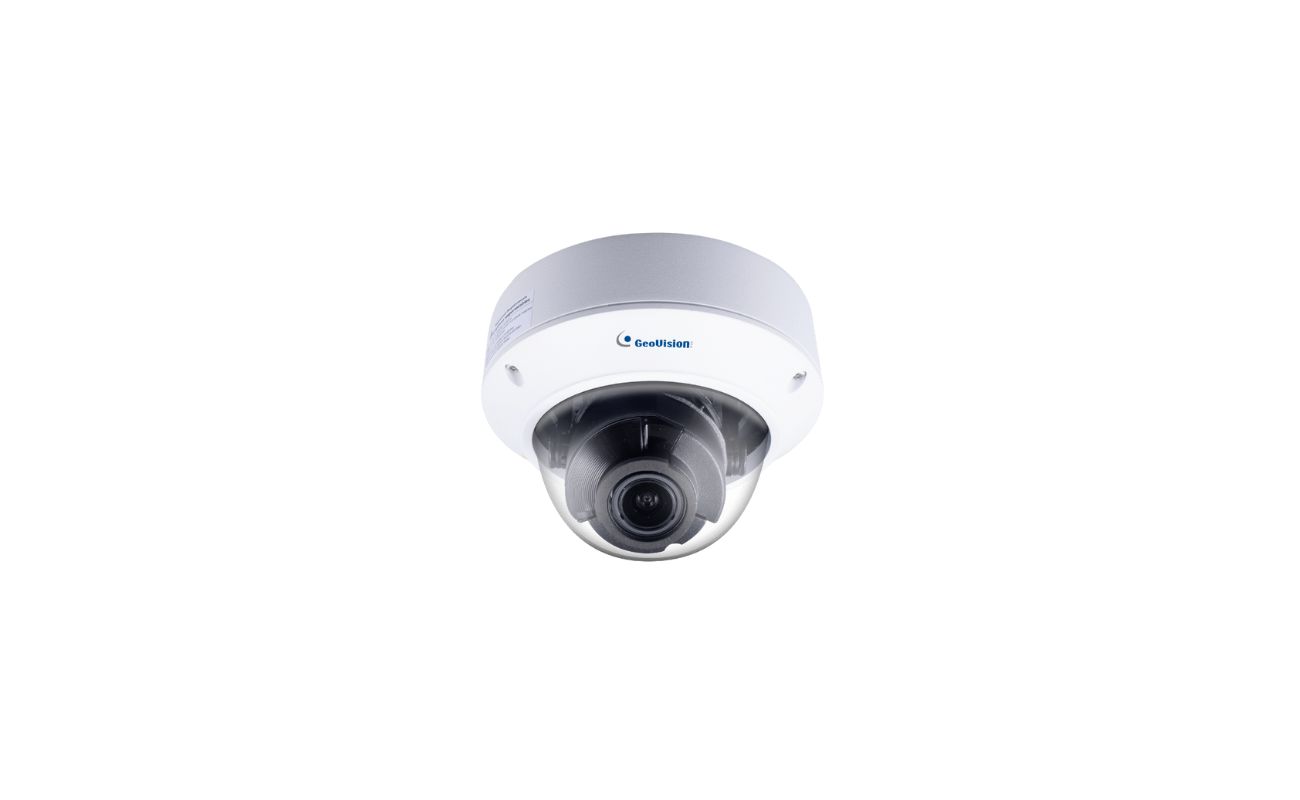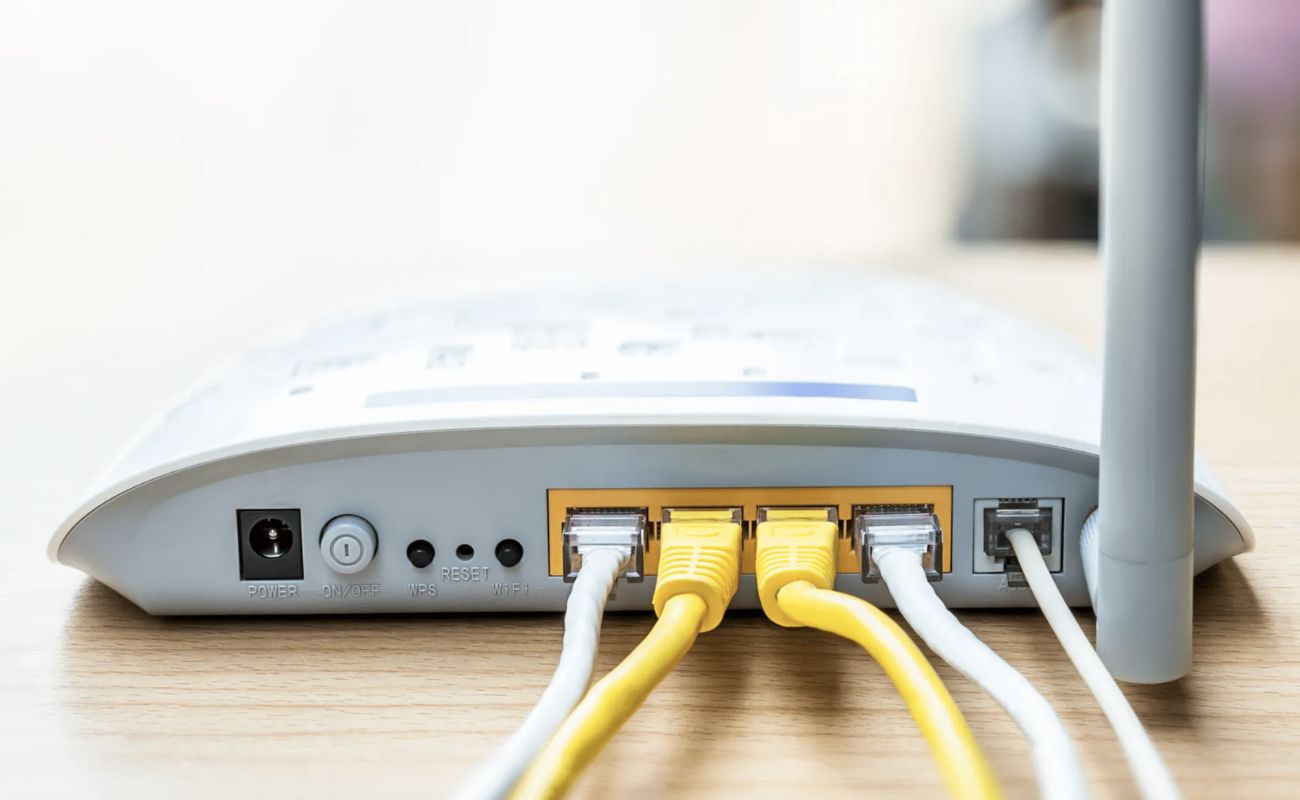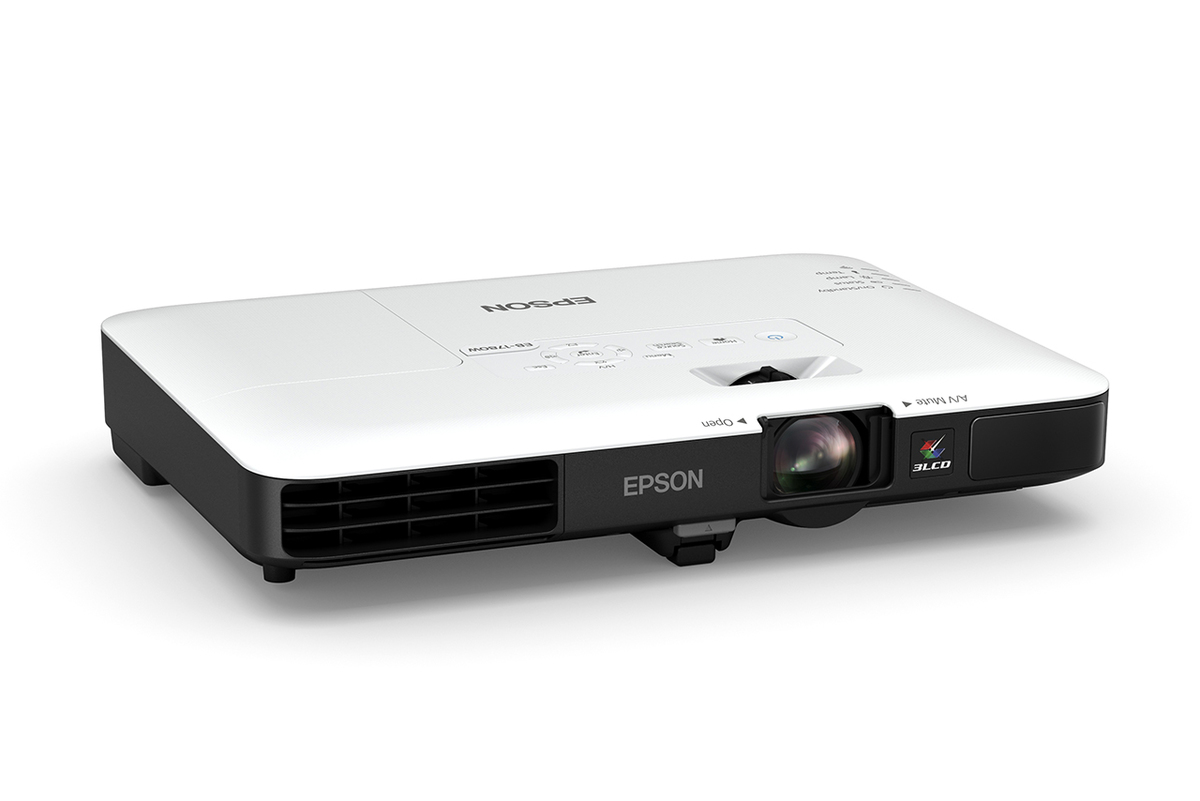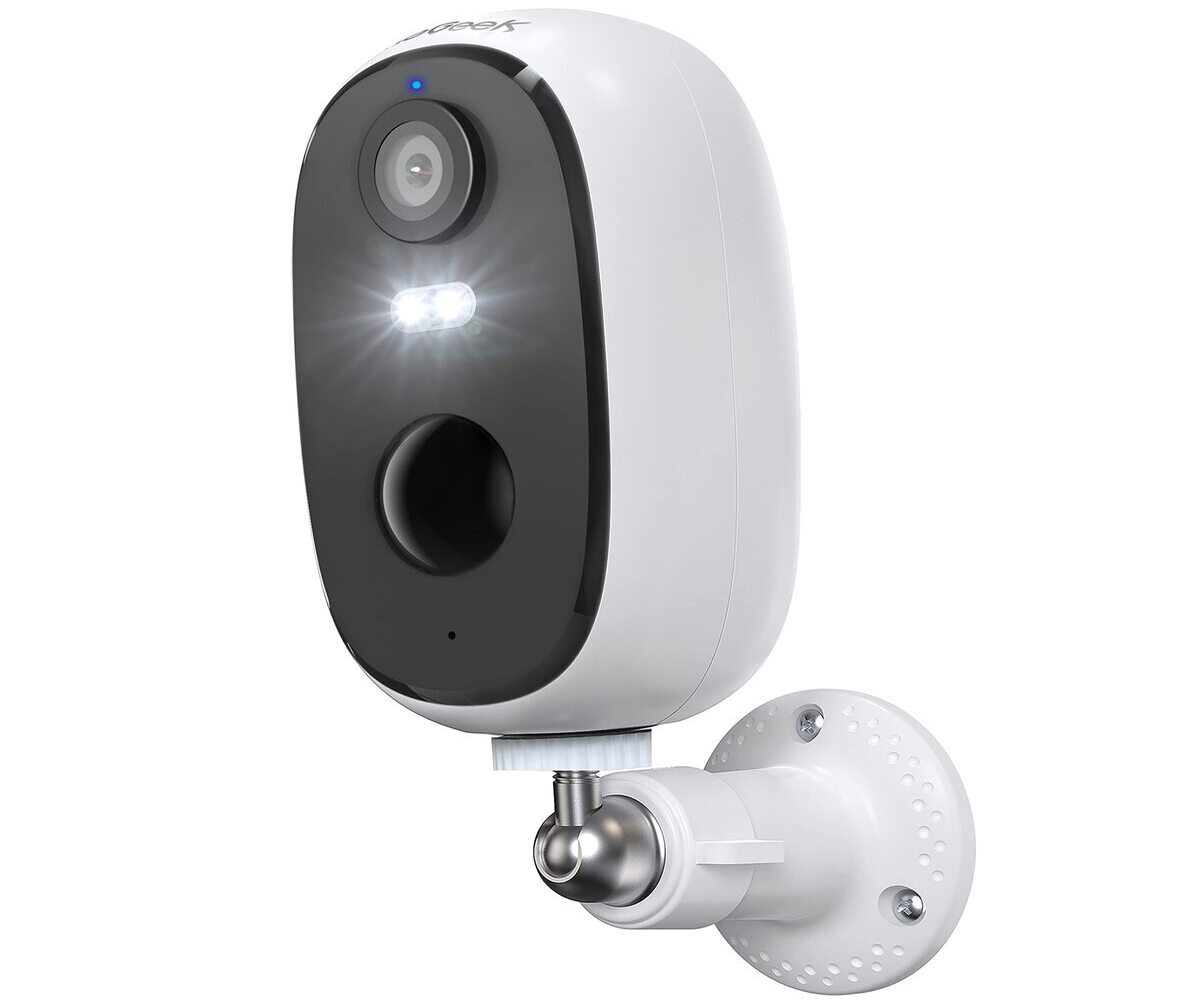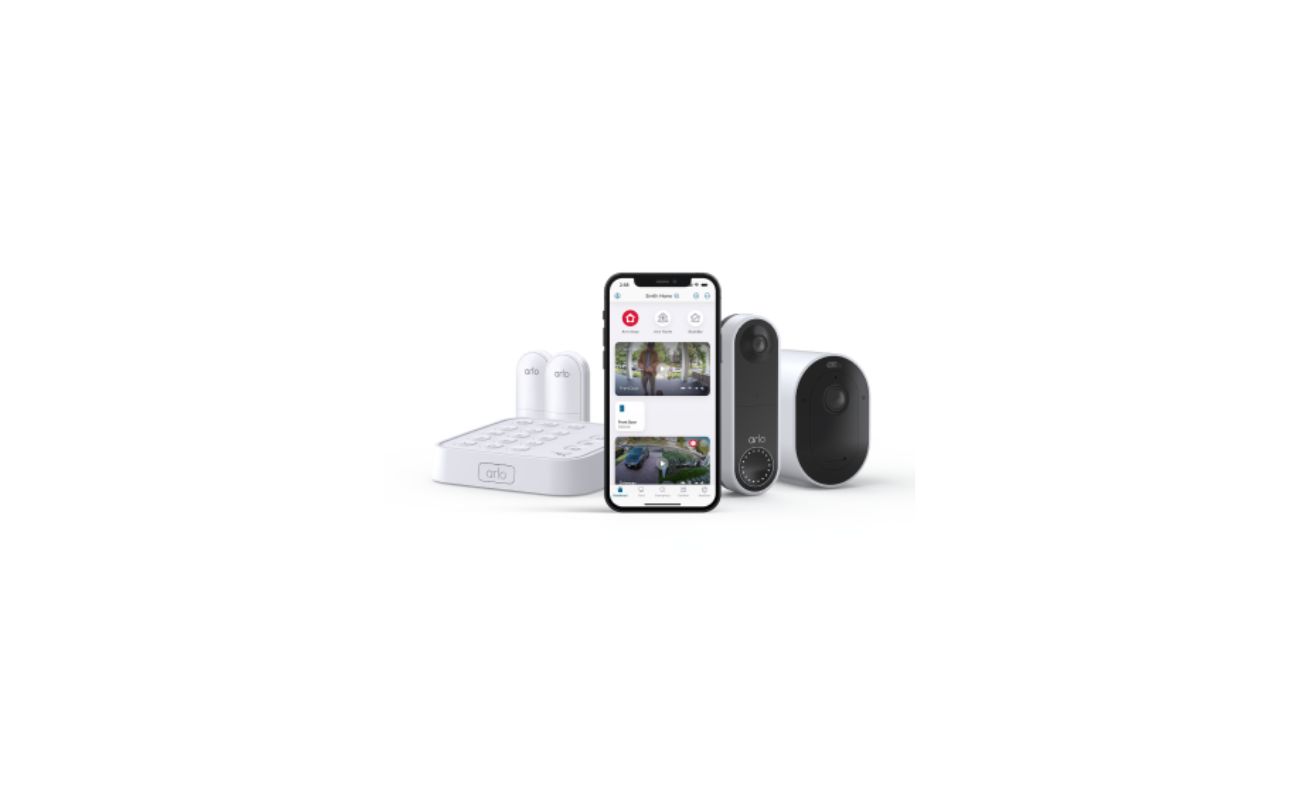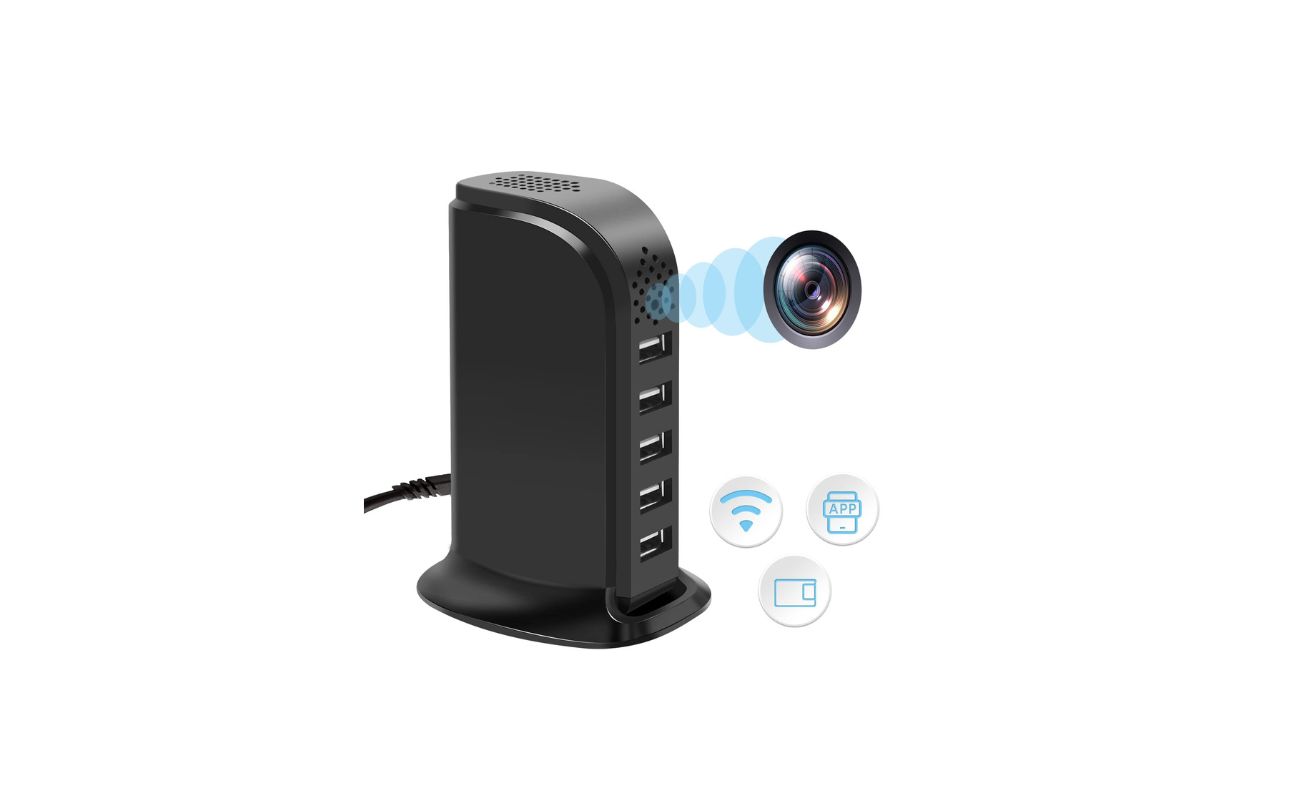Home>Home Security and Surveillance>How Does The Power Cord Connect To Wisenet Wireless Security
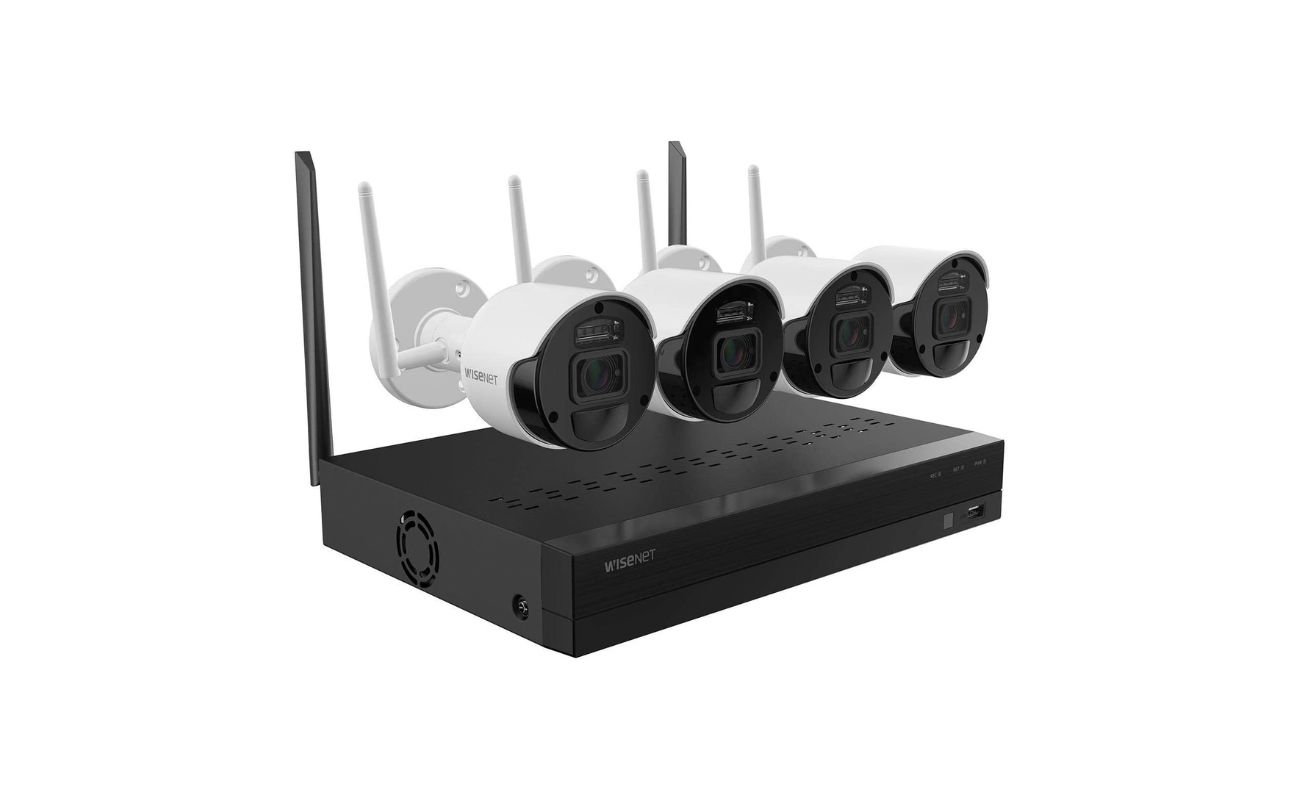

Home Security and Surveillance
How Does The Power Cord Connect To Wisenet Wireless Security
Modified: March 6, 2024
Find out how the power cord connects to Wisenet wireless security systems for seamless home security and surveillance.
(Many of the links in this article redirect to a specific reviewed product. Your purchase of these products through affiliate links helps to generate commission for Storables.com, at no extra cost. Learn more)
Introduction
Welcome to the world of home security and surveillance! In a time when safety is paramount, having a reliable and efficient security system is essential. Wisenet wireless security systems provide state-of-the-art technology to protect your home and loved ones.
But how does the power cord connect to a Wisenet wireless security system? In this article, we will explore the components of a Wisenet wireless security system, the importance of the power cord, the different types of power cord connectors, and step-by-step instructions on how to properly connect the power cord to your Wisenet device.
Whether you are a novice in home security or a seasoned expert, understanding how the power cord connects to your Wisenet wireless security system is crucial to ensure seamless functionality and uninterrupted surveillance.
Join us as we delve into the intricate world of Wisenet security systems and shed light on the power cord’s role in keeping your home safe and secure.
Key Takeaways:
- Properly connecting the power cord to your Wisenet wireless security system is crucial for keeping your home safe. It ensures that the cameras and receiver/NVR receive the power they need to work effectively.
- When connecting the power cord, make sure to use the correct connector for your Wisenet devices and follow the step-by-step instructions provided. This will help ensure a safe and reliable power connection for your security system.
Read more: How To Connect Wireless Security Cameras?
Understanding Wisenet Wireless Security
Before diving into the specifics of power cord connections, let’s take a moment to understand what Wisenet wireless security systems are all about.
Wisenet offers cutting-edge wireless security solutions that combine advanced technology, ease of use, and reliability. These systems are designed to provide 24/7 surveillance and peace of mind for homeowners. With Wisenet, you can monitor your property remotely, receive real-time alerts, and have the ability to store and access footage as needed.
One of the key advantages of Wisenet wireless security systems is the freedom from cumbersome wiring installations. Unlike traditional wired security systems, which require extensive wiring throughout your home, Wisenet systems utilize wireless technology to transmit data between devices.
Wireless security systems offer flexibility and convenience since they can be easily installed in any location without the need for drilling and running cables. This makes them an ideal choice for both homeowners and renters looking for a customizable and hassle-free security solution.
Wisenet wireless security systems are known for their high-definition video quality, wide-angle viewing, night vision capabilities, and advanced motion detection. With features such as two-way audio, mobile app integration, and cloud storage options, Wisenet provides comprehensive home security solutions that cater to your specific needs.
Now that we have a general understanding of Wisenet wireless security systems, let’s explore the different components that make up the system and the role the power cord plays in ensuring their functionality.
Components of a Wisenet Wireless Security System
A Wisenet wireless security system consists of several essential components that work together to provide comprehensive surveillance coverage for your home. Understanding these components will give you a better grasp of how the power cord fits into the larger system. Let’s take a closer look at each component:
1. Wireless Cameras: These cameras capture high-definition video footage and transmit it wirelessly to the receiver or network video recorder (NVR). Wisenet offers a range of indoor and outdoor wireless cameras that are weatherproof and equipped with night vision capabilities.
2. Receiver or Network Video Recorder (NVR): The receiver or NVR acts as the central hub of the security system. It receives the video feed from the wireless cameras and stores the footage for later viewing and retrieval.
3. Power Supply: The power supply is responsible for providing electrical power to all the components of the security system. This includes the cameras, receiver/NVR, and any additional accessories.
4. Power Cord: The power cord, also known as the power cable or adapter, is a crucial component that connects the power supply to the various devices in the system. It ensures that the cameras and receiver/NVR receive the necessary power to operate effectively.
5. Mounting Hardware: Wisenet wireless cameras come with mounting hardware, such as brackets and screws, to securely install the cameras in desired locations. This allows for optimal positioning and coverage.
6. Mobile App or Software: Wisenet offers user-friendly mobile apps and software that allow you to remotely monitor and control your security system. With the app, you can view live footage, receive motion detection alerts, and adjust settings on the go.
Now that we have a clear understanding of the key components of a Wisenet wireless security system, let’s focus on the power cord and its role in connecting these components together effectively.
The Power Cord: An Essential Component
When it comes to a Wisenet wireless security system, the power cord plays a critical role in ensuring the functionality of the entire system. It provides the necessary electrical power to each component, allowing them to operate seamlessly.
The power cord typically consists of a cable with a plug on one end and a connector on the other end that fits into the power input of the respective devices—cameras and the receiver/NVR. It is responsible for delivering the required voltage and current to power the cameras and the receiver/NVR.
Without a properly connected power cord, the cameras would not be able to capture video footage, and the receiver/NVR would not have the power to record, store, and transmit the data. Therefore, it is vital to ensure that the power cord is securely connected to the devices to maintain continuous surveillance.
Wisenet wireless security systems usually include the necessary power cords with the packaging. These cords are designed to match the specific power input requirements of the cameras and the receiver/NVR, ensuring compatibility and proper functioning of the entire system.
Now that we understand the significance of the power cord, let’s explore the different types of power cord connectors you may encounter when setting up your Wisenet wireless security system.
When connecting the power cord to your Wisenet wireless security camera, make sure to match the correct polarity (+ and -) to the corresponding terminals on the camera to avoid damaging the device.
Different Types of Power Cord Connectors
When it comes to power cord connectors, there are various types that you may come across when setting up your Wisenet wireless security system. These connectors are designed to match the specific power input ports of the cameras and receiver/NVR. Let’s explore some common types:
1. DC Barrel Connector: This is one of the most common power cord connectors found in Wisenet wireless security systems. It features a cylindrical shape with a center pin and an outer metal sleeve. The barrel connector is inserted into the power input port of the device and provides a secure and reliable connection.
2. Micro-USB Connector: Some Wisenet cameras or devices may use a micro-USB connector for power input. This connector is widely used in many electronic devices and offers a compact and versatile power connection.
3. Mini-USB Connector: Similar to the micro-USB connector, the mini-USB connector is another type you may encounter. It is slightly larger than the micro-USB and is commonly used in older electronic devices.
4. Power-over-Ethernet (PoE) Connector: In addition to traditional power cord connectors, some Wisenet cameras and devices support Power-over-Ethernet (PoE) technology. PoE allows both power and data to be transmitted through a single Ethernet cable, eliminating the need for a separate power cord. This type of connection is particularly useful when installing cameras in remote locations.
5. AC Power Plug: The power cord connectors also include the AC power plug at the other end of the cable. The AC power plug is designed to fit into standard electrical outlets, providing a safe and secure power connection.
It is important to ensure you have the correct power cord connectors for your Wisenet devices to establish a reliable power connection. Check the specifications of your cameras and the receiver/NVR to determine the appropriate power cord connectors required for your setup.
In the next section, we will provide step-by-step instructions on how to properly connect the power cord to your Wisenet wireless security device to ensure optimal performance and functionality.
Read more: How To Connect To Cameras Wireless Security
How to Connect the Power Cord to a Wisenet Wireless Security Device
Connecting the power cord to your Wisenet wireless security device is a straightforward process. By following these step-by-step instructions, you can ensure a proper and secure power connection:
1. Verify the Power Input Port: Before connecting the power cord, locate the power input port on your Wisenet camera or receiver/NVR. It is typically labeled and easily identifiable. Ensure that you have the correct power cord connector that matches the port.
2. Turn off the Power: Before connecting the power cord, turn off the power supply to the device. This precautionary step helps prevent any potential electrical issues during the connection process.
3. Insert the Power Cord Connector: Take the power cord and carefully insert the connector into the power input port of the Wisenet device. Make sure the connector is fully inserted and securely seated in the port.
4. Tighten the Connector: Once the connector is inserted, gently tighten it by turning it clockwise. This ensures a secure and stable connection, preventing the cord from accidentally disconnecting.
5. Connect the AC Power Plug: With the power cord securely connected to the Wisenet device, plug the AC power plug into a nearby electrical outlet. Ensure the outlet is working correctly and not overloaded.
6. Power On the Device: After connecting the power cord and plugging in the AC power plug, you can now turn on the power supply to the device. This will initiate the power flow and allow the camera or receiver/NVR to start functioning.
7. Verify Power Indicator: Once the device powers on, check for a power indicator light. Many Wisenet devices have an LED indicator that shows when the power is successfully connected and the device is receiving power.
Congratulations! You have successfully connected the power cord to your Wisenet wireless security device. With the power cord properly and securely connected, your camera or receiver/NVR should now be ready to capture and record high-quality video footage.
Tips for Properly Connecting the Power Cord
While connecting the power cord to your Wisenet wireless security device is a relatively simple process, it is important to follow a few tips to ensure a proper and secure connection. Consider the following tips:
1. Read the User Manual: Before attempting to connect the power cord, thoroughly read the user manual provided by Wisenet. The manual will provide specific instructions and guidelines for your device model, ensuring you connect the power cord correctly.
2. Use the Correct Power Cord: Wisenet devices may have specific power cord requirements, including voltage and current specifications. Always use the power cord provided by Wisenet or a compatible replacement to ensure compatibility and prevent any electrical issues.
3. Check for Damages: Before connecting the power cord, inspect it for any signs of damage, such as frayed wires or bent connectors. Using a damaged power cord can pose safety risks and potentially damage your devices. If you notice any damage, replace the power cord with a new one.
4. Avoid Overstretching the Cord: When connecting the power cord, ensure that it is not stretched or strained. Overstretching the cord can lead to loose connections or damage to the wires. Make sure the cord can comfortably reach the power input port without tension.
5. Secure the Connector Properly: As you insert the power cord connector into the power input port, ensure it is fully inserted and securely seated. Give it a gentle twist clockwise to tighten it. A loose connection may cause intermittent power supply or lead to accidental detachment.
6. Organize the Power Cord: Consider using cable management solutions, such as cable clips or ties, to keep the power cord organized and avoid tangling or tripping hazards. This helps maintain a neat and clean installation while ensuring the cord remains securely connected.
7. Use Surge Protection: To protect your Wisenet devices from power surges or electrical disturbances, consider using surge protectors or uninterruptible power supply (UPS) units. These devices help regulate and provide clean power to your security system, reducing the risk of damage.
By following these tips, you can ensure a proper and secure connection when connecting the power cord to your Wisenet wireless security device. Remember, a well-connected power cord is crucial to the overall functionality and reliability of your security system.
Conclusion
As we conclude our exploration of how the power cord connects to a Wisenet wireless security system, we hope you now have a clear understanding of its importance and role in ensuring the functionality of the entire system. The power cord serves as a vital link, providing the necessary electrical power to each component, including the cameras and receiver/NVR.
We discussed the different types of power cord connectors you may encounter, such as DC barrel connectors, micro-USB connectors, mini-USB connectors, and power-over-Ethernet (PoE) connectors. It is essential to have the correct power cord connector that matches the power input ports of your Wisenet devices.
Properly connecting the power cord is a simple process, but it is crucial to follow the recommended steps, such as verifying the power input port, turning off the power, securely inserting the connector, tightening it, and connecting the AC power plug. Following these steps will ensure a safe and reliable power connection.
We also provided some useful tips, such as reading the user manual, checking for damages, avoiding overstretching the cord, and using surge protection, to ensure a proper and secure power cord connection. These tips will help you maximize the performance and longevity of your Wisenet wireless security system.
With a properly connected power cord, your Wisenet wireless security system will be ready to provide you with the peace of mind and protection you deserve. Enjoy the benefits of high-definition video monitoring, advanced motion detection, and remote access to keep your home and loved ones safe and secure.
Remember, if you ever have any questions or need further assistance with your Wisenet wireless security system, consult the user manual or reach out to the Wisenet customer support team for personalized guidance.
Thank you for joining us on this journey to understand how the power cord connects to a Wisenet wireless security system. Stay vigilant, stay secure!
Frequently Asked Questions about How Does The Power Cord Connect To Wisenet Wireless Security
Was this page helpful?
At Storables.com, we guarantee accurate and reliable information. Our content, validated by Expert Board Contributors, is crafted following stringent Editorial Policies. We're committed to providing you with well-researched, expert-backed insights for all your informational needs.
